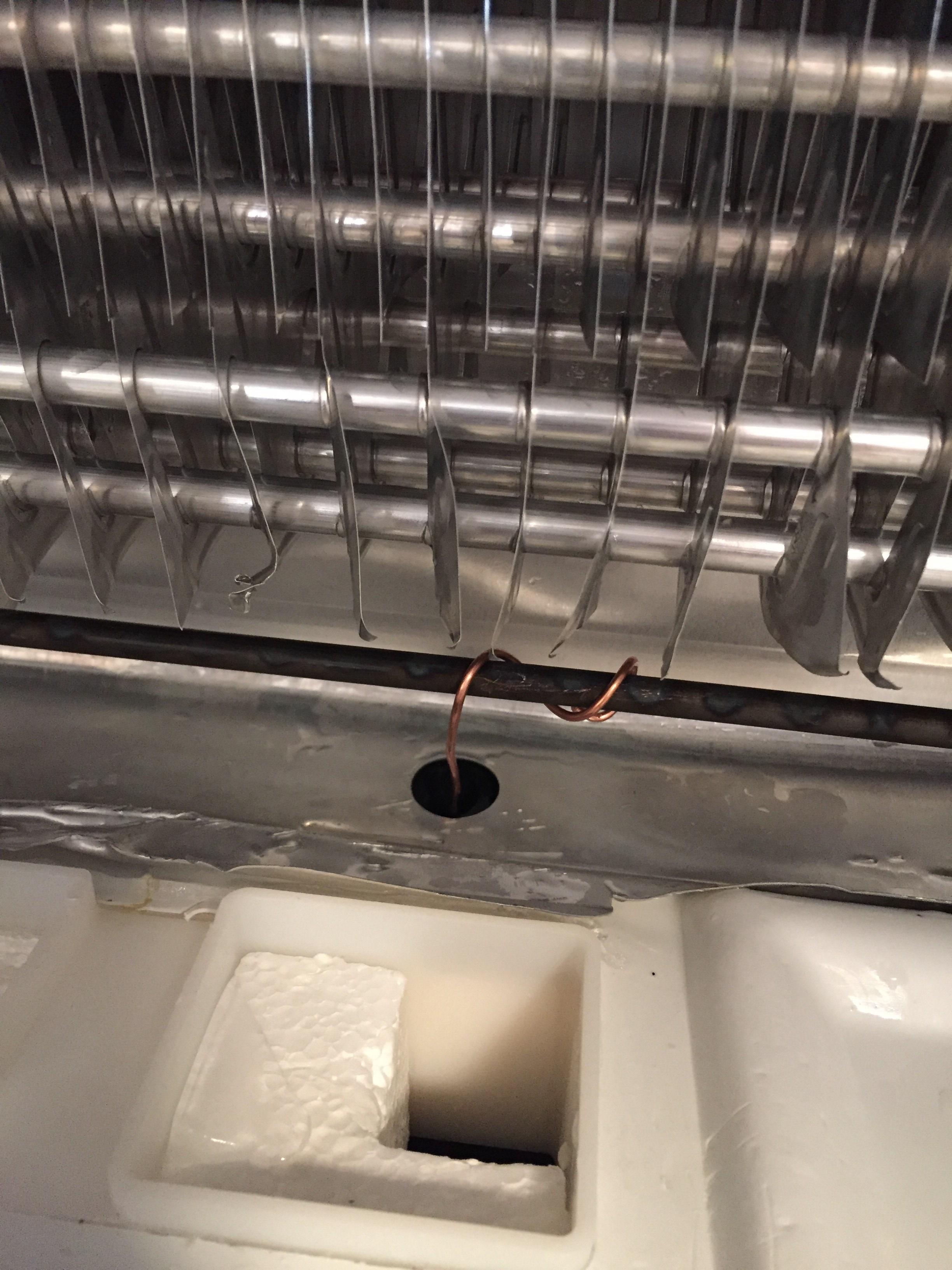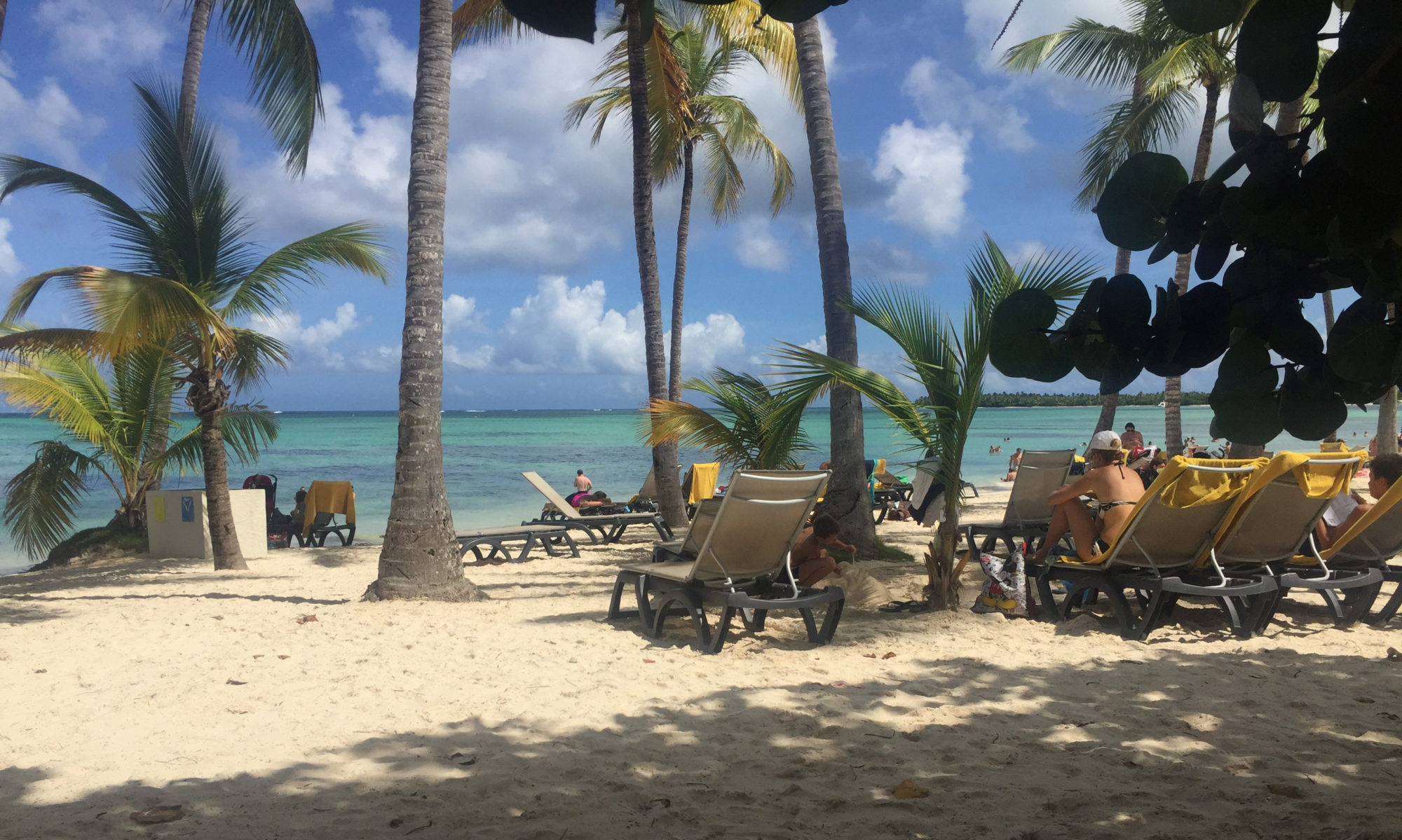The key to achieving financial independence is reducing or eliminating any spending that you can practically avoid. Life comes with a lot of expenses that can’t be avoided. We all have to eat, so unless you’re growing or raising all of your own food, you gotta spend money on food. We all have to live someplace, so unless you own your home outright, we all have to spend money on rent or a mortgage. If you have a place to live, you probably want to keep the lights on and the appliances running so unless you have solar panels or wind turbines, we have to spend money on our electricity bill. You get the idea. Some expenses you can’t avoid. But there are a lot of expenses you can avoid.
Sometimes things break. Unless the thing that broke was useless or you decide you can live without it, now you have a situation where an unforeseen expense has arisen. This is what is known by many as “life happening”. So now you have to spend a bunch of money that you weren’t planning on spending to replace or fix your broken thing, right? Well… maybe. Maybe not.
Once upon a time, things were more expensive. And credit was harder to come by. People had to save up to buy things, and those things cost a lot more in relation to one’s salary. So when things broke, replacing them was often not even an option. You had to fix those broken things, or learn to do without them.
Today things are a bit different. A lot of things are so cheap that replacing them is often the more sensible option. My favourite example is printers. When home computers were new, and people generally made less money than today, a printer cost hundreds of dollars. Today you can get a pretty decent printer or all-in-one for about $50. If it breaks, well… Can you mould plastic? Do you have a soldering iron? Do you have the ability to handle tiny, specialized, electronic components? Do you even know how to fix a circuit board? And if you find someone who can fix it, do you think they’ll charge you less than $50 for their time plus any parts? No, you’ll go out and spend the $50 and get a brand new printer and save yourself some time and hassle. Or you’ll learn to live without a printer.
But there are still a lot of household items or appliances that are expensive enough that you’re not necessarily going to go and just buy a new one when they break. Like a refrigerator, for example. So if your fridge isn’t working properly and you need to fix it, you have two choices: call a repair person, or fix it yourself.
Well it just so happens that after we moved into our new house a couple of years ago, we discovered a problem with our new fridge. Solid ice was forming on the bottom of our freezer, and water was dripping into our fridge, forming little pools on the shelves and generally making a mess.
I consider myself fortunate because I have a dad who is handy. He could build, make and fix all manner of things. And even though as kids we hated it, he insisted on helping whenever possible. His hope was that we might learn a thing or two from the old man. He was right. Us kids gained a lot of knowledge and confidence and the attitude that we too could make or fix things when necessary. Way to go dad! And thank you.
So how do you fix your fridge when you know nothing about fixing fridges? Google! YouTube! I’ll say it yet again: we live in a golden age for access to information. Type your question into your favourite search engine and you’ll get several answers to your question. Then if you like you can go to YouTube and watch a video showing you how it’s done. Or go straight to YouTube if you like. However you like to do your research is up to you. Maybe Google is how you found this page, in which case I’d say my point is well proven. However you got here, I’m going to tell you what I learned and save you a bit of trouble.
The Problem
Moisture has a tendency to build up in freezers, which is why another common problem is when frost starts to form on freezer walls or floors. Food tends to have water in it and through sublimation some of that water can escape as vapour. When the vapour is trapped in your freezer, which is cold, it can turn into ice crystals which is how you get the frost buildup. So to combat this, some freezers have defrosting coils in them, to basically turn that ice into water. These freezers will also have a drain in them to allow the water to drain out, thereby removing the problem. Look at the pic at the top of this post and you will see a small round hole. That’s the drain.
Unfortunately, sometimes the water doesn’t make its way into the hole and out the drain properly but instead will pool nearby and freeze. If more water starts to accumulate, you end up with more ice. Eventually you end up with a sheet of ice completely covering your drain hole and now it can’t drain anything at all. Warmer air from the drain line will even cause some of the ice to drip water into the drain line ever so slowly, and then freeze, like the way an icicle forms. And then you have ice in your drain line completely clogging the works. See that other, larger, square hole in the pic, next to the styrofoam? That hole leads below, to the fridge. Warmer air from the fridge below then causes the ice to melt slowly and drip into the fridge, because it can’t drip into the drain hole that is now frozen over.
The Solution

The goal is therefore to prevent ice from blocking the drain hole. Look at the pic again. See the copper wire wrapped around the dark tube and then leading into the drain hole? That is what it is doing. The dark tube is the defrosting coil. It heats up. The copper wire conducts the heat from that defrosting coil and gets warm enough that any water nearby won’t freeze, thereby keeping the drain hole open and doing what it’s supposed to do, which is drain water, and keep it out of your fridge. Problem solved forever.
Where do you get the copper wire? I happened to have some lying around from some spare electrical wiring. If you don’t, you can go to your local hardware or building supply store and buy some. You might need to strip your wire to expose the copper, but it should only run you a few bucks or so for more than enough wire.
How to fix, step by step:
- Unplug your refrigerator. Empty the contents from your freezer and place them in a cooler. They should be fine, since this whole operation should take you only an hour or two. Likewise you’re probably fine leaving the food in your fridge as long as you keep the door shut through all of this. If you’re really nervous about it go ahead and empty your fridge too, but pesonally I wouldn’t worry as long as you don’t leave it unplugged for more than 3 or 4 hours. Just think of it as a brief power outage.
- Using the appropriate screwdriver, remove the cover at the back to expose the coils, and any covers on the floor of your freezer that may be covering the drain hole if necessary.
- Using a hairdryer, melt the ice on the bottom of your freezer. Alternatively you can break it, scrape it, chip it, or melt it with warm or hot water. Just get rid of all that ice.
- To remove the built up ice in the drain line, you will need hot water and a turkey baster (or eye dropper, or syringe, or anthing else you can use to pick up and squirt hot water). Using your turkey baster, pour hot water onto and into the drain hole until it is clear of ice. You will know when it’s clear because at that point you will hear the water pour down the drain line and into the drain pan. Once you hear that, add a few more loads of hot water just to make sure you have cleared the line of all the ice.
- Remove all the excess water out of your freezer using towels or sponges or whatever you like. Make sure you get it all nice and dry.
- Get at least 6 inches or 15cm of your copper wire. More is fine too, but I wouldn’t use a length any shorter than that. Insert one end a couple of inches into your drain hole. Wrap the other end around the defrosting coil, as seen in the pic above. It doesn’t have to be super tightly wound, as long as you have one or two good points of contact, to conduct the heat.
- Replace all covers, plug fridge back into the electrical outlet, put your food back into the freezer and enjoy.
- Take all the money you would have spent on a repair person or new fridge and put it in a savings or investment account, to get you closer to your goal of early retirement.

